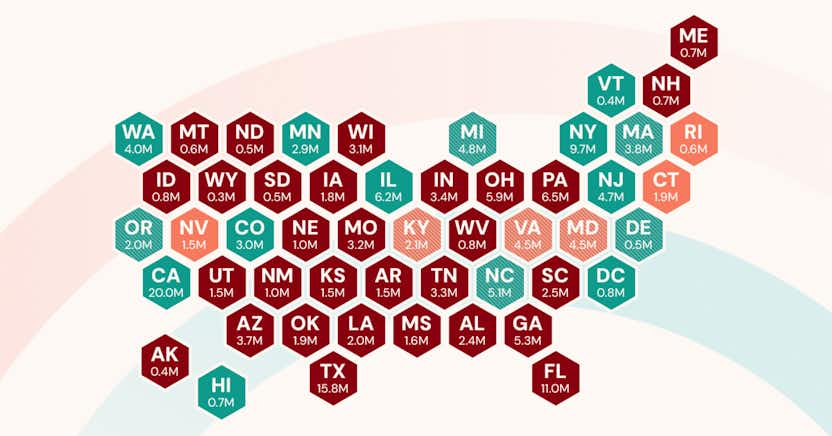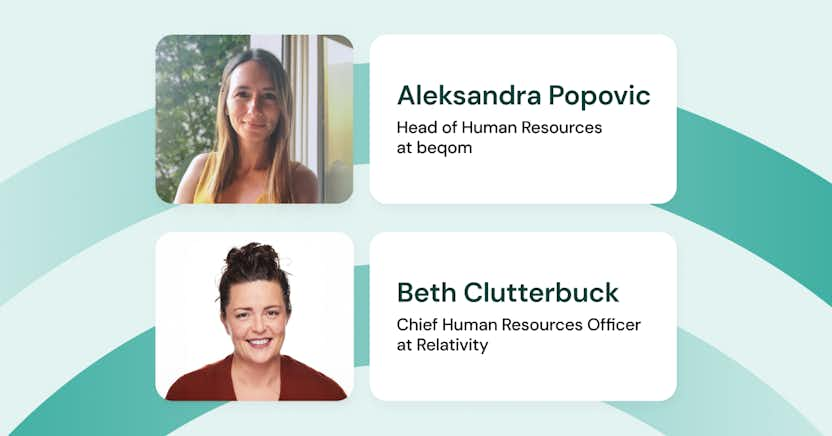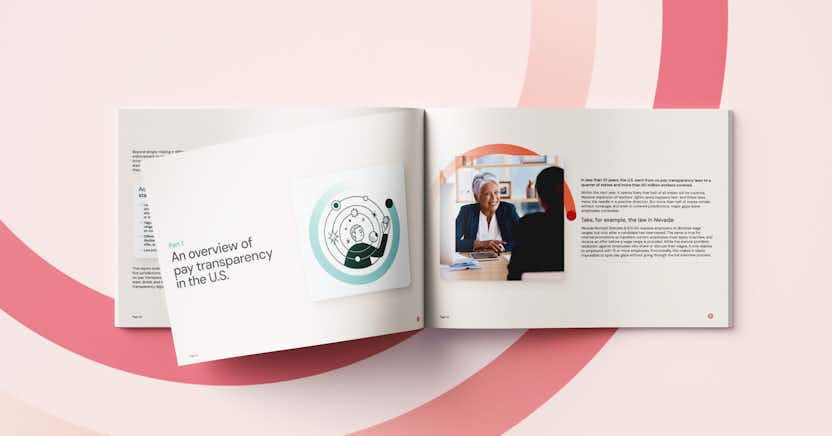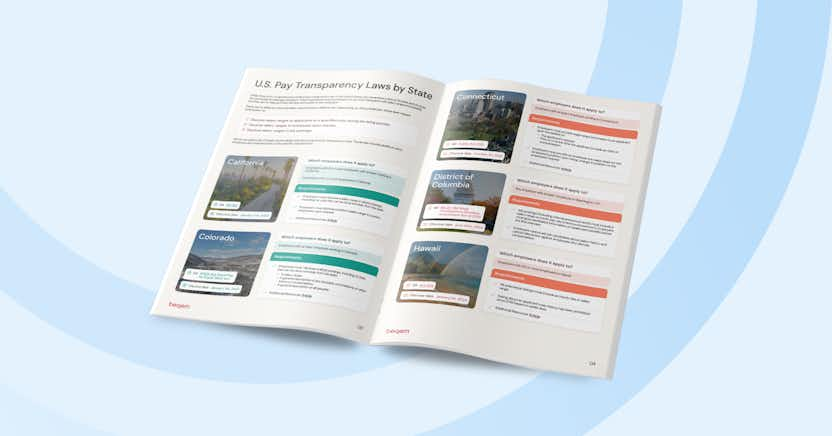The Secret to a Smarter Comp Cycle? A Strategic Post-Mortem

Learn more about the following beqom products
Whether your comp cycle ran like a well-oiled machine or was a complete train wreck, it pays to take an objective look back and see how it can be even better next year. That’s where the comp cycle post-mortem comes in.
Why every compensation team needs a comp cycle post-mortem—and how to do it right
The compensation cycle is one of the most complex, high-stakes processes in HR. It demands precision, coordination, transparency, and often, intense collaboration across teams and time zones. So when it finally wraps up, it’s only natural to want to take a deep breath and move on.
But before you shift gears, there’s one more critical step: the post-mortem.
Done well, a post-mortem can be one of the most valuable rituals in your compensation calendar. It’s your chance to capture lessons, resolve pain points, and implement improvements before memory fades and the next cycle looms. It can help you build stronger processes, boost stakeholder confidence, and reduce stress in future rounds.
To help HR and total rewards professionals lead smarter, more strategic post-mortems, we created the Comp Cycle Post-Mortem Playbook — a practical guide that brings structure, clarity, and actionable focus to this important process.
Whether you're leading a global compensation program or supporting a regional cycle, this guide is for you. Here’s a closer look at what it covers, why it matters, and how it can elevate your next comp cycle.
Why a compensation post-mortem is worth your time
Comp cycles involve a wide range of inputs—budgets, benchmarks, systems, guidelines, governance—and dozens (or thousands) of stakeholders. Given this complexity, it’s no surprise that even well-run cycles reveal gaps, inefficiencies, or missed opportunities.
A post-mortem is your chance to:
- Understand where friction occurred—and why.
- Evaluate how well your process aligned with goals like fairness, compliance, and market competitiveness.
- Identify quick wins and larger strategic shifts that will improve the next cycle.
But there’s a catch: without structure, post-mortems can become unfocused venting sessions or overwhelming brainstorming marathons. That’s why we built this guide—to give you a clear framework that helps you focus on what matters most.
A guide built for real-world comp leaders
The beqom Comp Cycle Post-Mortem Playbook distills years of hands-on experience supporting compensation programs at enterprise scale. It introduces a simple but powerful framework based on three pillars: People, Process, and Technology.
These pillars reflect the reality that compensation outcomes are shaped not just by policy, but by execution—and execution is driven by roles, workflows, systems, and communication.
Here’s how the guide helps you assess and improve each area:
1️⃣ People: align roles and responsibilities
One of the most common pain points in comp cycles is role confusion. Who’s supposed to do what? Who signs off? Who supports managers? Who owns the final decision?
The guide walks you through key questions to clarify:
- How responsibilities are distributed across HRBPs, Compensation, and Finance.
- Whether your governance model supports timely, equitable decisions.
- If your support model (especially in global orgs) could be centralized or streamlined.
It also covers compliance and pay equity, which are becoming even more important as new regulations emerge—such as U.S. pay transparency laws and the EU Pay Transparency Directive (effective 2026). You’ll learn how to ensure your process aligns with local requirements and anticipate employee questions before they arise.
2️⃣ Process: eliminate friction and improve consistency
Comp processes often evolve organically—and that’s part of the problem. Over time, this leads to complexity, inconsistencies, and manual workarounds.
The guide helps you assess:
- Where your processes are introducing inefficiency or risk.
- How standardization (when done thoughtfully) can simplify operations and improve equity.
- Why documenting and mapping your full compensation flow is critical—not just for improvement, but for audit readiness.
You’ll also explore how to improve communication and training—especially for stakeholders who only engage with the process once a year.
A special section on budget discipline helps you reflect on how well your team managed compensation budgets, and what safeguards or visibility tools could help you stay on track next cycle.
3️⃣ Technology: make sure tools are helping, not hindering
No compensation guide would be complete without addressing systems. Technology plays a vital role in making the process scalable and auditable—but it can also become a source of frustration if adoption is low or functionality is underused.
In this section, you’ll learn how to:
- Build a simple prioritization model for technology requests.
- Evaluate the ROI of current tools—and the risk of doing nothing.
- Drive better adoption through training, change management, and feedback loops.
You’ll also find questions to help you assess whether your systems support compliance, equity analysis, and pay decision visibility.
Going deeper: strategies to elevate your program
The guide goes beyond the basics, offering advanced strategies for more mature or ambitious teams. These include:
- Setting up continuous feedback loops with stakeholders throughout the year.
- Using data to drive smarter decision-making and simplify reporting.
- Building stronger partnerships between HR and Finance.
- Assessing pay competitiveness to support your talent strategy.
- Prioritizing actions with clear accountability and ownership.
There’s also a reminder to celebrate your wins. Comp cycles are intense—and taking time to recognize improvements can boost morale and reinforce progress.
A built-in checklist to guide your review
To make your post-mortem even easier, the guide includes a comprehensive checklist of comp cycle post-mortem questions across four key areas:
- People & Roles
- Process & Efficiency
- Communication & Training
- Technology & Innovation
You can use this checklist to structure your team debrief, identify priority areas, and assign next steps with confidence.
Who should read this guide?
This guide is built for:
- HR and compensation leaders who want to continuously improve their cycle execution.
- Total rewards teams looking to enhance fairness, compliance, and consistency.
- HRBPs and program managers responsible for supporting managers through comp cycles.
- Business leaders who care about aligning compensation with performance and budget goals.
If you’ve ever ended a comp cycle sensing that things could be improved, —this guide is for you.
Make your next cycle easier, smarter, and more effective
A great comp cycle doesn’t happen by accident. It’s the result of intentional design, reflection, and iteration.
beqom’s Comp Cycle Post-Mortem Playbook gives you the tools and structure to turn lessons learned into lasting improvements—so the next time comp season rolls around, you’re not starting from scratch or repeating the same challenges.
It’s time to transform your post-mortem from an afterthought into a strategic advantage.
Want to know more? Join our upcoming webinar Navigating the Comp Cycle: Insights & Strategies
Featuring Jane Anderson, Head of Business Development – Financial Services at beqom. With 20+ years in HR and deep expertise in compensation and change management, Jane brings firsthand insight into what makes comp cycles succeed. The session will be hosted by Emmanuel Frenck, Head of International Sales at beqom.
👉 Download the guide now.
👉 Book a demo with beqom to see how tech can streamline your comp cycle.







